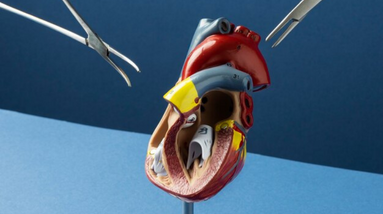
Coronary artery bypass grafting (CABG) is a surgical procedure used to treat severe coronary artery disease (CAD). CAD occurs when the arteries that supply blood to the heart become narrowed or blocked by plaque buildup, which can limit blood flow to the heart and increase the risk of heart attack.
During CABG surgery, a surgeon creates a bypass around the blocked portion of the coronary artery using a healthy blood vessel taken from another part of the body, typically the leg or chest. The new blood vessel is attached to the coronary artery above and below the blockage, creating a new pathway for blood flow to the heart.
CABG surgery can be performed using a traditional “open” approach, in which the chest is opened and the heart is temporarily stopped while the bypass graft is created. Alternatively, it can be performed using a minimally invasive approach, in which smaller incisions are made and specialized instruments are used to create the bypass graft.
After the surgery, patients typically spend several days to a week in the hospital to recover and to monitor for signs of complications, such as bleeding or infection. Recovery time varies depending on the specific approach used for the surgery and the patient’s overall health.
CABG surgery is generally considered a safe and effective procedure for treating severe CAD, with a high success rate in restoring blood flow to the heart and reducing the risk of future heart attack. However, as with any surgery, there are risks and potential complications, including bleeding, infection, damage to surrounding tissue, and failure of the graft. The benefits and risks of CABG surgery should be carefully considered and discussed with a healthcare provider.